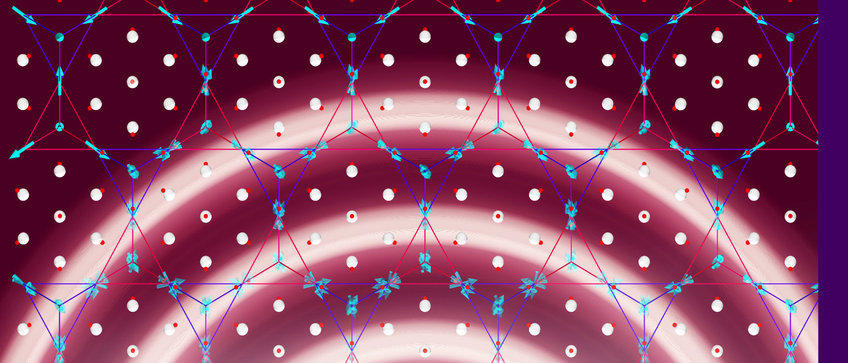
Theory Department
Director: Angel Rubio
The electronic and structural properties of advanced materials, nanostructures and molecular complexes are the focus of the Theory Department's work. Researchers focus on developing novel theoretical tools and computational codes to investigate and control the electronic response of such systems to arbitrary time-dependent external electromagnetic (quantum) fields. We aim to provide a detailed, efficient, and at the same time accurate microscopic approach for the ab-initio description and control of the dynamics of decoherence and dissipation in quantum many-body systems. We seek to characterize new non-equilibrium states of matter.
Several independent research groups are exploring different approaches and applications including theory of ultrafast phenomena in molecular and condensed matter phases, time-dependent-functional theory for quantum-electrodynamics, non-equlibrium phenomena and new states of matter, time-resolved spectroscopies, theoretical spectroscopy and XFEL/CFEL studies of molecules and solids, strong light-matter interactions and optimal control theory and applications to two-dimensional and correlated materials, nanostructures and biomolecules for energy applications.
